Home>Furniture & Design>Bathroom Accessories>What Does A Plunger Look Like
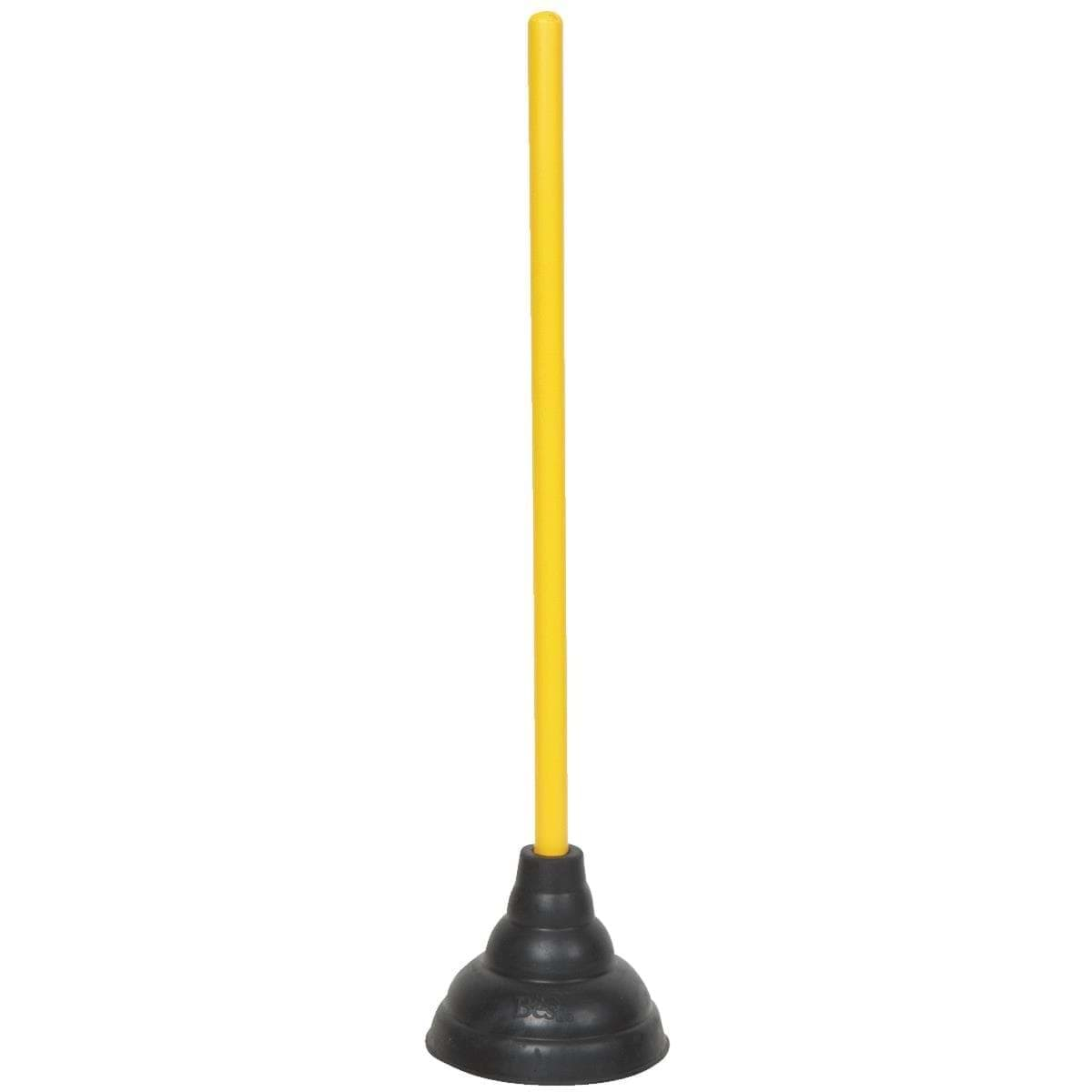

Bathroom Accessories
What Does A Plunger Look Like
Modified: February 18, 2024
Discover what a plunger looks like and how it can be used to unclog toilets and drains. Find the perfect bathroom accessories for your needs. Explore now!
(Many of the links in this article redirect to a specific reviewed product. Your purchase of these products through affiliate links helps to generate commission for Storables.com, at no extra cost. Learn more)
Introduction
When it comes to essential bathroom accessories, the plunger undoubtedly holds a prominent place. This humble yet indispensable tool is a savior in times of plumbing emergencies, effectively tackling clogged drains and toilets. The sight of a plunger is a familiar one in households and commercial spaces alike, serving as a symbol of preparedness for unforeseen blockages.
The plunger's simple yet effective design makes it a must-have for every bathroom. Its versatility extends beyond just unclogging toilets, as it can also be used to clear blockages in sinks, showers, and bathtubs. Understanding the basic design, different types, and materials used for plungers, as well as proper usage and maintenance, is crucial for ensuring its optimal functionality.
In the following sections, we will delve into the intricacies of plungers, shedding light on their various aspects. From the fundamental structure to the diverse types available in the market, we will explore the world of plungers to gain a comprehensive understanding of this essential bathroom tool. Additionally, we will discuss the common materials used in crafting plungers, providing insights into their durability and suitability for different applications. Furthermore, we will uncover the proper techniques for using a plunger effectively and offer valuable tips for maintaining and cleaning this indispensable plumbing aid.
Join us on this insightful journey as we unravel the mysteries of the plunger, gaining a newfound appreciation for its role in maintaining the smooth functioning of our bathroom fixtures.
Key Takeaways:
- The plunger, with its rubber cup and sturdy handle, uses hydraulic pressure to unclog drains and toilets. Understanding its types and materials helps maintain a clean and functional bathroom tool.
- To effectively use and maintain a plunger, create a tight seal, apply firm pressure, and follow a systematic plunging technique. Regular cleaning and inspection ensure its longevity and hygiene.
Read more: What Does Crabgrass Look Like
The Basic Design of a Plunger
At first glance, a plunger may seem like a straightforward tool, but its design is ingeniously crafted to tackle stubborn clogs effectively. The most recognizable feature of a plunger is its rubber cup, also known as the "flange," which is attached to a long, sturdy handle. This cup is designed to create a tight seal over the drain or toilet opening, allowing for the application of pressure to dislodge blockages.
The rubber cup's shape is crucial to its functionality. It is typically conical or spherical, with a flexible edge that can conform to various drain and toilet shapes. This flexibility enables the cup to create a strong seal, preventing air or water from escaping during the plunging process. The handle, often made of wood or plastic, provides a firm grip for the user to exert downward pressure.
The design of the plunger leverages the principles of hydraulic pressure to dislodge clogs. When the cup is pressed against the drain or toilet opening and then pulled back, it creates a vacuum effect, drawing out the obstruction. Subsequent pushing motions build pressure, which, when released, can forcefully dislodge the blockage, allowing water to flow freely once again.
In addition to the traditional plunger design, there are also accordion-style plungers, which feature a bellows-like rubber cup connected to a handle. This design offers increased flexibility and can be particularly effective for clearing tough clogs in toilets and drains.
Understanding the basic design of a plunger is essential for utilizing it effectively. By creating a tight seal and employing the principles of hydraulic pressure, this simple yet ingenious tool has earned its reputation as a go-to solution for resolving plumbing issues in bathrooms and beyond.
Different Types of Plungers
Plungers come in various types, each tailored to address specific plumbing challenges with precision and efficiency. Understanding the distinctions between these types is crucial for selecting the most suitable plunger for a particular task. Here are the primary types of plungers commonly found in the market:
-
Cup Plungers: The cup plunger, also known as the standard or traditional plunger, features a simple design with a rubber cup at the end of a straight handle. This type is versatile and effective for unclogging sinks, bathtubs, and other flat-surface drains. The flexibility of the rubber cup allows it to form a tight seal over the drain opening, enabling effective plunging action.
-
Flange Plungers: Flange plungers, also referred to as toilet plungers, are specifically designed for unclogging toilets. They feature an additional soft rubber flap, or flange, protruding from the bottom of the cup. This flange is tailored to fit snugly into the curved drain opening of a toilet, creating a secure seal for efficient plunging. The unique design of flange plungers makes them ideal for generating the necessary pressure to dislodge stubborn toilet clogs.
-
Accordion Plungers: Accordion plungers, characterized by a bellows-like rubber cup, are designed to provide enhanced flexibility and suction power. The accordion-style cup can compress and expand, allowing for a more controlled and forceful plunging action. These plungers are particularly effective for clearing tough clogs in toilets and drains, making them a valuable addition to any plumbing toolkit.
-
Taze Plungers: Taze plungers, also known as beehive plungers, feature a distinctive beehive-shaped rubber cup. This design offers increased plunging power and is well-suited for tackling stubborn blockages in toilets and drains. The unique shape of taze plungers allows for a strong seal and effective pressure buildup, making them a reliable choice for challenging plumbing tasks.
By understanding the unique characteristics and applications of each type of plunger, individuals can make informed decisions when selecting the most suitable tool for addressing specific plumbing issues. Whether it's a standard cup plunger for general use or a specialized flange plunger for toilet unclogging, having the right plunger on hand can make a significant difference in resolving plumbing challenges effectively and efficiently.
Common Materials Used for Plungers
Plungers are crafted from a variety of materials, each chosen for its durability, flexibility, and suitability for different plumbing applications. The choice of material significantly impacts a plunger's effectiveness and longevity, making it essential to understand the common materials used in their construction. Here are the primary materials employed in manufacturing plungers:
-
Rubber: Rubber is the predominant material for the cup or flange of plungers. Its flexibility and resilience make it ideal for creating a tight seal over drain and toilet openings, essential for effective plunging. Natural rubber and synthetic rubber compounds are commonly used, providing the necessary elasticity to conform to different surfaces while maintaining durability.
-
Wood: Traditional plungers often feature handles made of wood, known for its sturdiness and ease of grip. Hardwood varieties such as ash or beech are favored for their strength and resistance to moisture, ensuring that the handle can withstand the pressure exerted during plunging without warping or splintering.
-
Plastic: Modern plungers may incorporate plastic components, including handles and structural elements. High-quality plastics offer durability and corrosion resistance, making them suitable for prolonged use in wet environments. Additionally, plastic handles can be ergonomically designed for comfortable handling, enhancing the user experience.
-
Stainless Steel: Some plungers feature stainless steel components, particularly in the handle or structural reinforcements. Stainless steel provides exceptional strength and corrosion resistance, ensuring that the plunger can withstand rigorous usage without succumbing to rust or degradation.
-
Composite Materials: Advanced plungers may utilize composite materials, combining the strengths of different substances to enhance performance. Composite handles, for instance, may offer a balance of lightweight construction and robustness, providing users with a reliable and maneuverable tool for addressing plumbing issues.
The selection of materials for plungers is driven by the need for durability, functionality, and user comfort. By leveraging the unique properties of rubber, wood, plastic, stainless steel, and composite materials, manufacturers create plungers that can withstand the rigors of unclogging drains and toilets while ensuring ease of use for individuals tackling plumbing challenges.
Understanding the materials used in crafting plungers empowers users to make informed decisions when selecting a plunger that aligns with their specific needs and preferences. Whether it's a classic wooden-handled plunger or a modern composite-material variant, the thoughtful selection of materials contributes to the overall effectiveness and longevity of this essential plumbing tool.
A plunger typically has a wooden or plastic handle and a rubber cup at the end. The cup is usually shaped like a dome or a bell and is used to create a seal over a drain or toilet to help remove clogs.
How to Use a Plunger
Using a plunger effectively requires a strategic approach to create the necessary pressure and suction for dislodging stubborn clogs. Here's a step-by-step guide on how to use a plunger to tackle plumbing issues in toilets, sinks, and other drain openings:
-
Create a Tight Seal: Ensure that the rubber cup or flange of the plunger is clean and free from any debris. Place the cup over the drain or toilet opening, ensuring a tight seal is formed. For toilets, the flange should fit securely into the curved drain opening.
-
Submerge the Cup: If using the plunger for a sink or bathtub, fill the fixture with enough water to submerge the rubber cup. For toilets, the water level should be sufficient to cover the cup, but not overflow when plunging.
-
Apply Firm Pressure: With the plunger in position, press down firmly to expel any air trapped inside the cup. This initial pressure helps create a vacuum effect when the plunger is pulled back.
-
Plunge with Precision: Using controlled and forceful movements, push and pull the plunger handle in a steady rhythm. For sinks and bathtubs, maintain a consistent plunging motion to dislodge the blockage. In the case of toilets, exercise caution to avoid splashing and ensure the flange remains securely positioned in the drain opening.
-
Repeat as Needed: Continue plunging for several repetitions, maintaining a strong seal and consistent pressure. This process helps to gradually break up the obstruction and clear the drain or toilet.
-
Test the Drainage: After plunging, carefully remove the plunger and test the fixture by running water to check for improved drainage. In the case of toilets, flushing can confirm whether the clog has been successfully cleared.
-
Repeat or Seek Professional Help: If the initial plunging attempts do not resolve the issue, repeat the process with added vigor. For persistent clogs, it may be necessary to seek professional plumbing assistance to address underlying blockages.
By following these steps and employing a methodical plunging technique, individuals can effectively utilize a plunger to address common plumbing challenges. Whether it's a minor sink blockage or a stubborn toilet clog, mastering the art of plunging empowers individuals to tackle these issues with confidence and efficiency.
Read more: What Does Thyme Look Like?
Tips for Maintaining and Cleaning a Plunger
Proper maintenance and regular cleaning are essential for preserving the functionality and hygiene of a plunger. By incorporating the following tips into a routine maintenance regimen, individuals can ensure that their plungers remain effective and free from contaminants.
-
Rinse After Use: After each use, thoroughly rinse the plunger under hot water to remove any residual debris and disinfect the rubber cup. This simple practice helps prevent the buildup of bacteria and odors, maintaining the plunger's cleanliness.
-
Sanitize with Disinfectant: Periodically sanitize the plunger by soaking it in a solution of hot water and disinfectant, such as bleach or a commercial antibacterial cleaner. This step helps eliminate germs and bacteria that may accumulate on the plunger's surface.
-
Allow to Air Dry: After cleaning, allow the plunger to air dry completely before storing it. Ensuring that the rubber cup and handle are thoroughly dry helps prevent the growth of mold and mildew, preserving the plunger's integrity.
-
Store in a Dry Area: Store the plunger in a dry and well-ventilated area to prevent moisture retention, which can lead to unpleasant odors and degradation of the rubber cup. Avoid storing the plunger in enclosed spaces or damp environments.
-
Inspect for Damage: Regularly inspect the rubber cup and handle for any signs of wear, tear, or damage. Cracks, splits, or deformities in the rubber can compromise the plunger's effectiveness and should be addressed promptly.
-
Replace Worn Parts: If the rubber cup or handle shows significant wear or damage, consider replacing the affected components to maintain the plunger's functionality. Many hardware and home improvement stores offer replacement parts for common plunger models.
-
Designate for Specific Use: Consider designating separate plungers for toilets and sinks to prevent cross-contamination. Using a dedicated toilet plunger and a separate sink plunger helps maintain hygiene and prevents the transfer of bacteria between different fixtures.
-
Regular Maintenance Schedule: Establish a regular maintenance schedule for cleaning and inspecting the plunger, ensuring that it remains in optimal condition for addressing plumbing issues when needed.
By incorporating these maintenance and cleaning tips into their plunger care routine, individuals can prolong the lifespan of their plungers and ensure that they remain effective tools for addressing clogged drains and toilets. Additionally, maintaining a clean and well-maintained plunger contributes to a hygienic bathroom environment, promoting overall cleanliness and comfort.
Conclusion
In conclusion, the plunger stands as a stalwart ally in the realm of plumbing, offering a simple yet effective solution to common bathroom blockages. Its basic design, featuring a rubber cup and sturdy handle, harnesses the power of hydraulic pressure to dislodge stubborn clogs in drains and toilets. Understanding the different types of plungers, including cup plungers, flange plungers, accordion plungers, and taze plungers, provides individuals with the knowledge to select the most suitable tool for specific plumbing tasks.
The materials used in crafting plungers, such as rubber, wood, plastic, stainless steel, and composite materials, contribute to their durability and functionality. By choosing a plunger constructed from high-quality materials, individuals can ensure its longevity and effectiveness in addressing plumbing challenges.
Mastering the art of using a plunger involves creating a tight seal, applying firm pressure, and employing a methodical plunging technique to dislodge blockages effectively. By following a systematic approach and understanding the nuances of plunging, individuals can confidently tackle common plumbing issues in their bathrooms.
Furthermore, maintaining and cleaning a plunger is essential for preserving its functionality and hygiene. By incorporating simple yet effective maintenance practices, such as rinsing after use, sanitizing with disinfectant, and regular inspection for damage, individuals can ensure that their plungers remain in optimal condition for future use.
In essence, the plunger embodies simplicity and reliability, serving as a steadfast companion in the face of unexpected plumbing challenges. By gaining a comprehensive understanding of its design, types, materials, usage, and maintenance, individuals can harness the full potential of this indispensable bathroom accessory. With its unwavering ability to restore the smooth flow of water in drains and toilets, the plunger rightfully earns its place as a fundamental tool in every household and commercial space.
Frequently Asked Questions about What Does A Plunger Look Like
Was this page helpful?
At Storables.com, we guarantee accurate and reliable information. Our content, validated by Expert Board Contributors, is crafted following stringent Editorial Policies. We're committed to providing you with well-researched, expert-backed insights for all your informational needs.


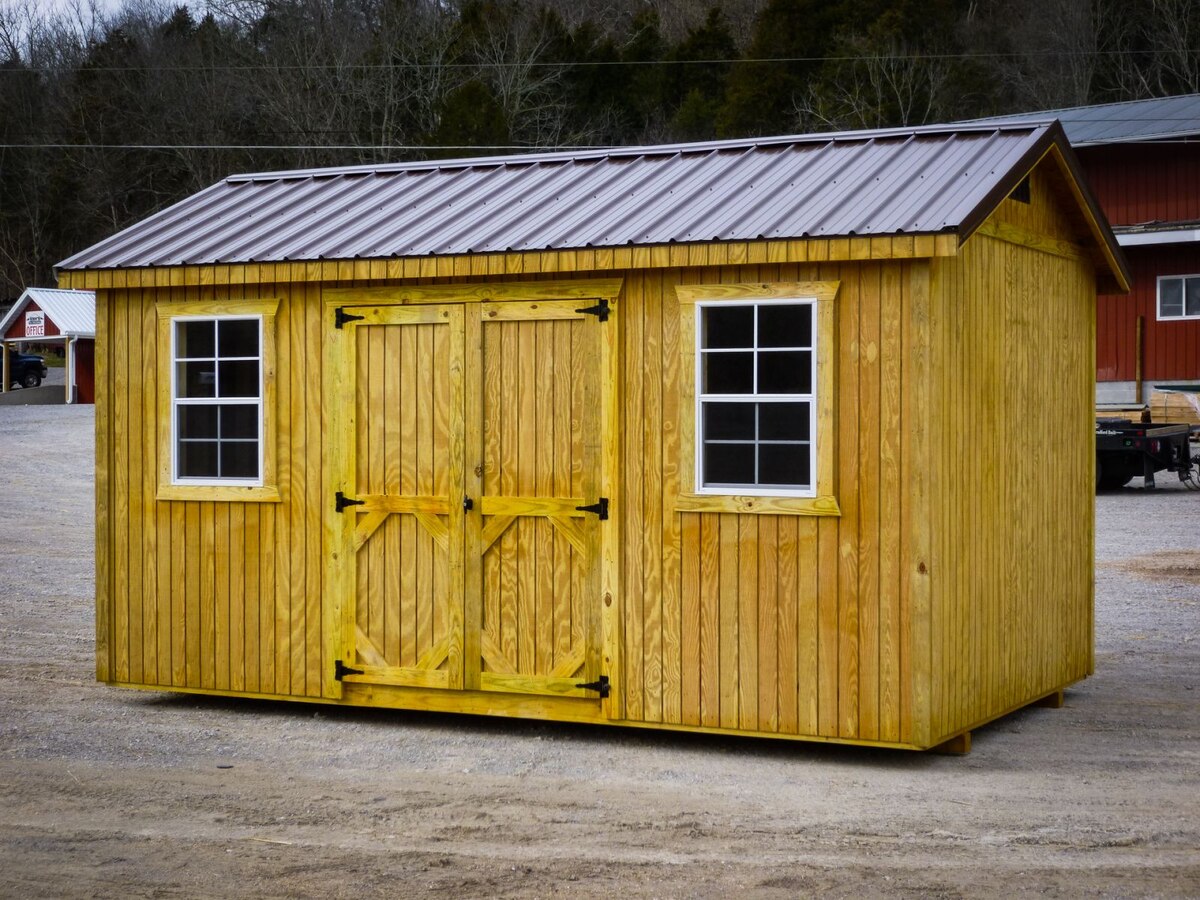
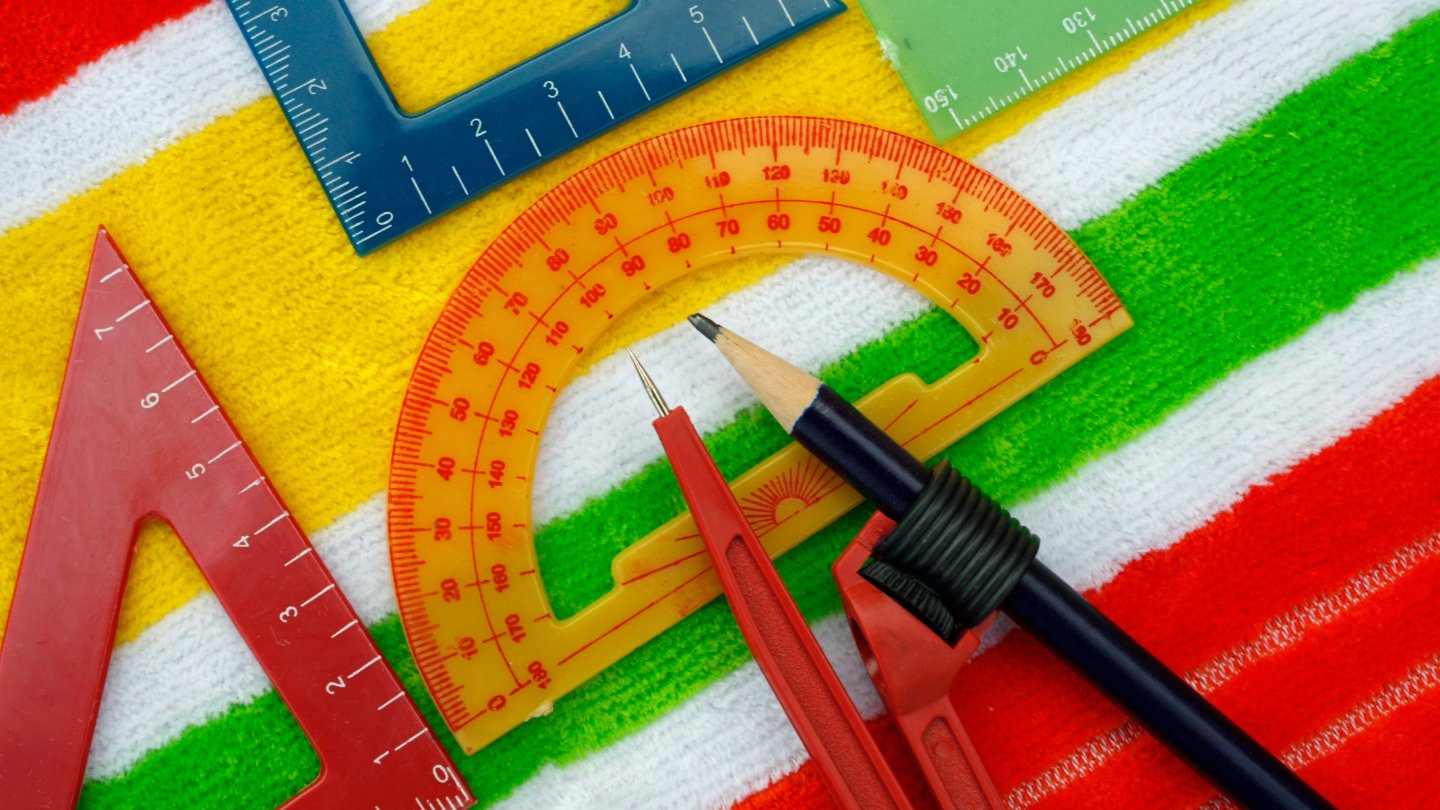
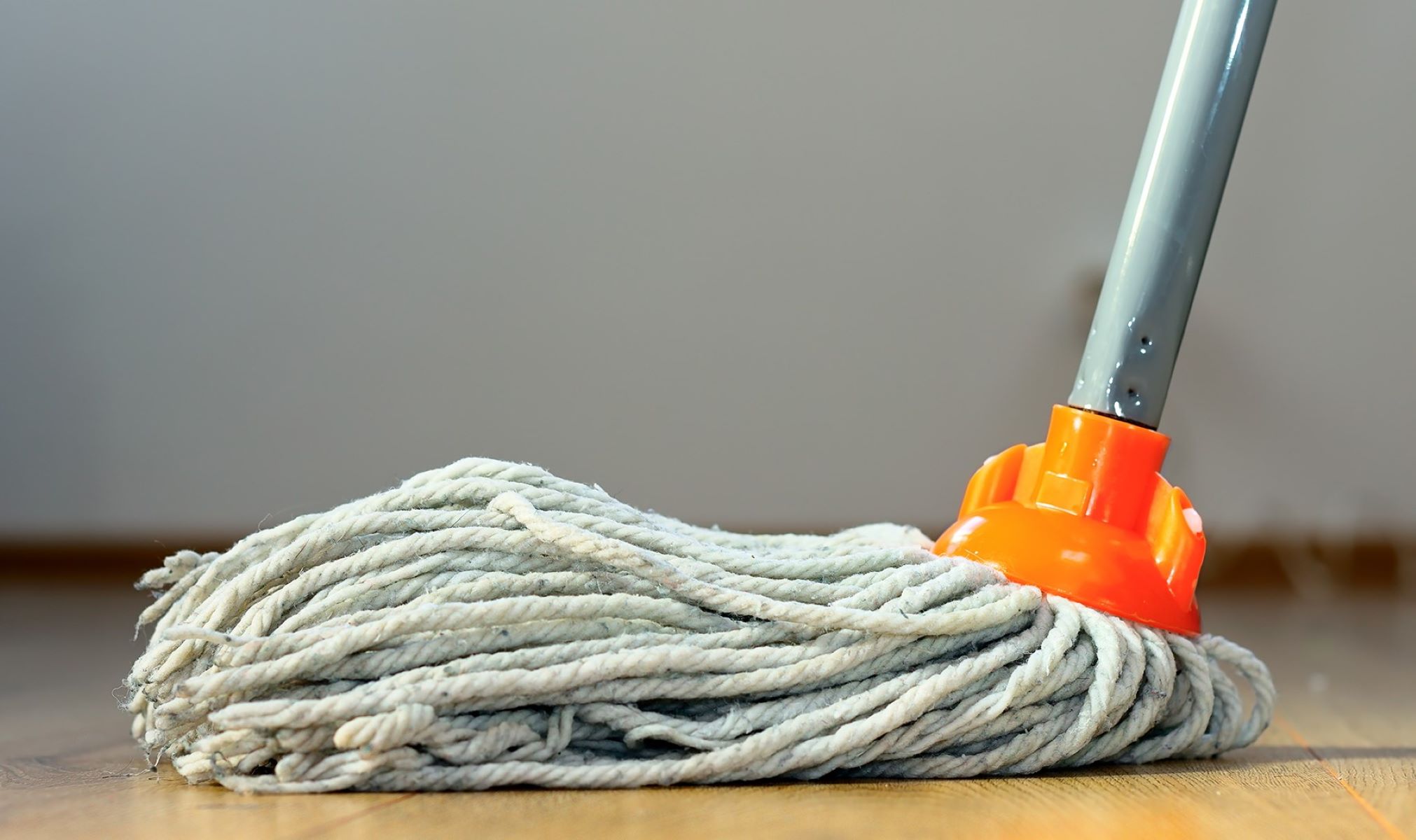




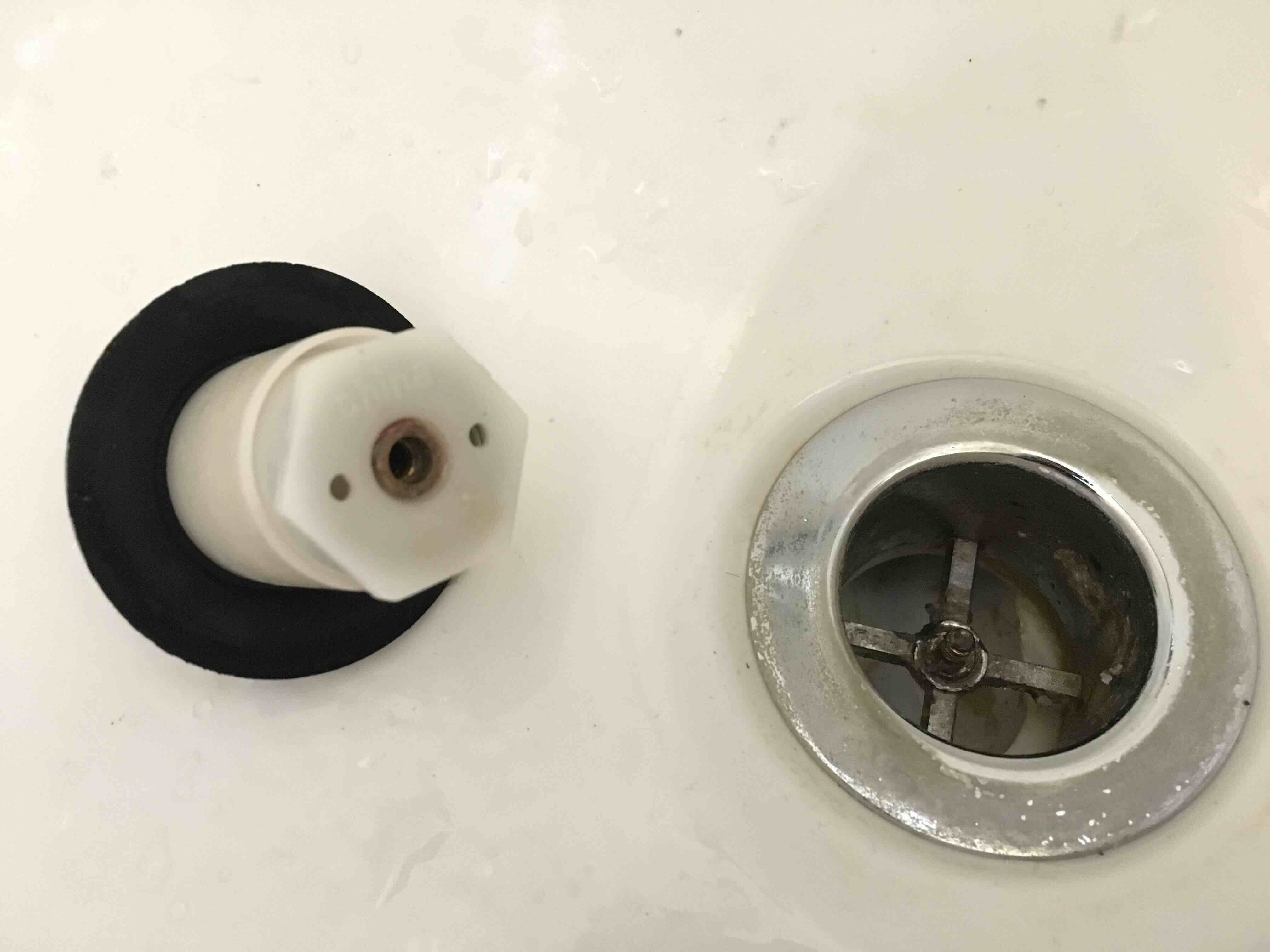

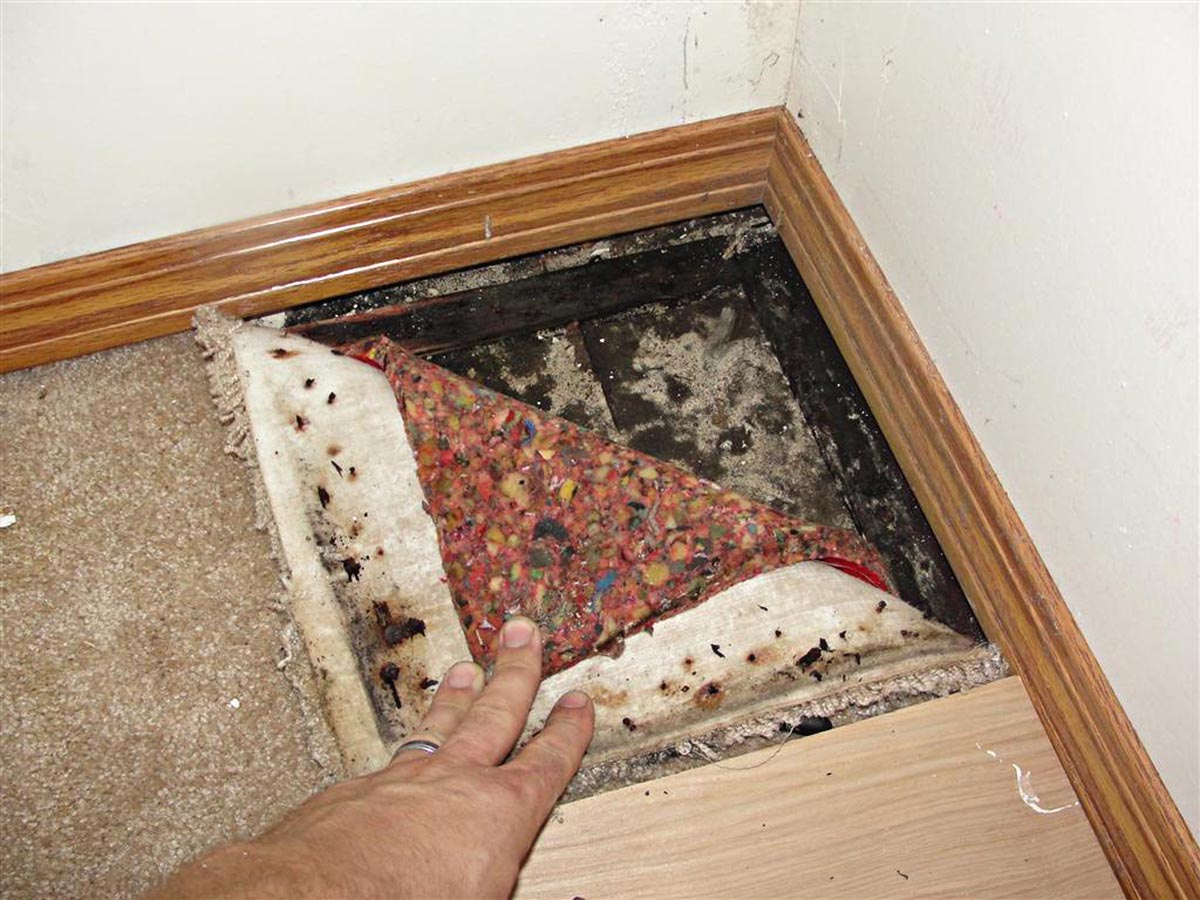

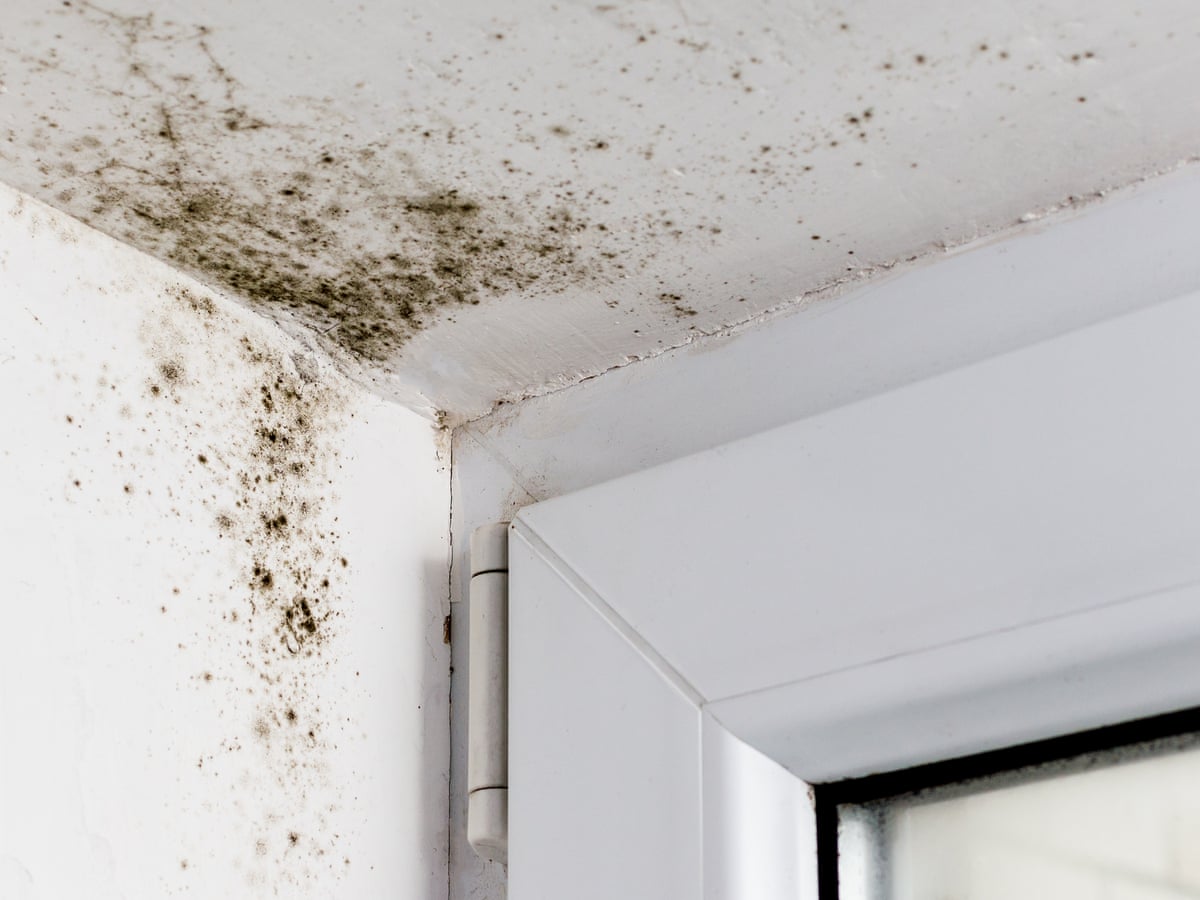

0 thoughts on “What Does A Plunger Look Like”